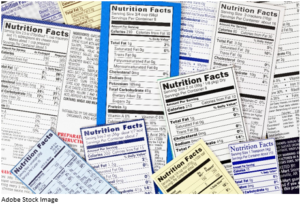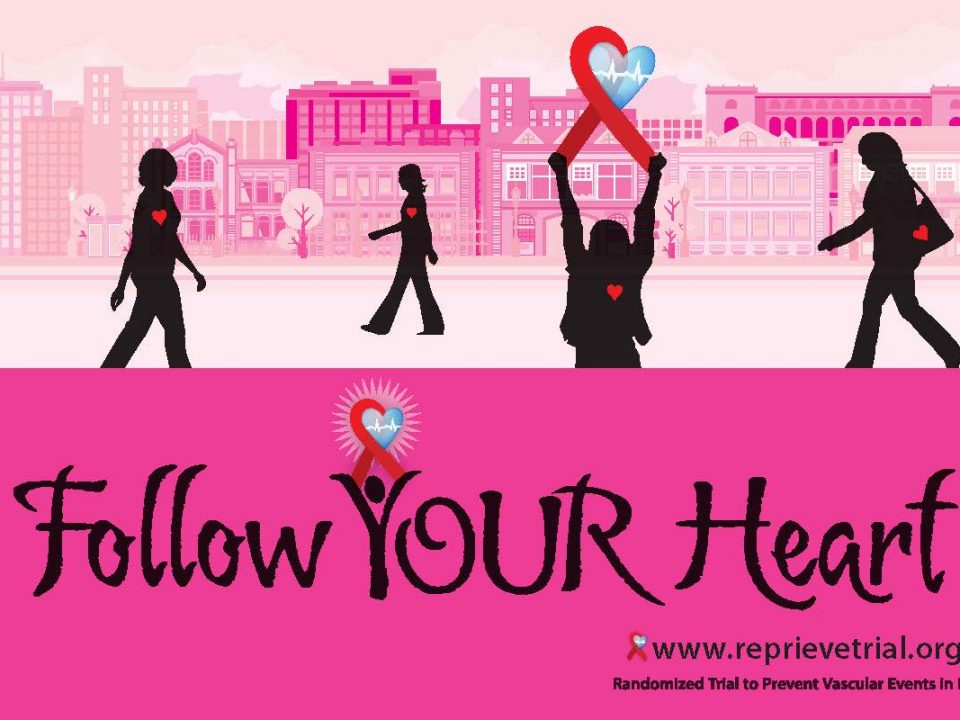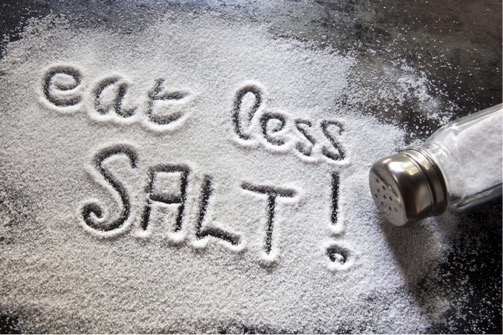By: Diana Cagliero, MA

Nutrition information labels can be puzzling. The informational boxes on theback of food products are often filled with hard-to-pronounce and unfamiliar words. Because of these challenging labels, many buy food based on what is on the cover of the packaging. Words like “Heart Healthy” are often shown in big, bright letters on food products, suggesting that they are the healthiest option for us to buy.
However, usually below the big words “HEART HEALTHY” are a set of words in much smaller print, that are often ignored. This post will try to clarify what the “Heart Healthy” label means and suggest some tricks you can use to determine how healthy the food you are buying really is.
What does it mean for my food to be labelled “Heart Healthy?”
The Heart Healthy label is given to foods that fall within a set of guidelines set by the Food and Drug Administration (FDA)¹. For an item to be labeled as “heart healthy” it must fall under some guidelines set out by the FDA like:
- “Total Fat: Less than 6.5 g
- Saturated Fat: 1 g or less and 15% or less calories from saturated fat
- Trans Fat: Less than 0.5 g (also per label serving*). Products containing partially hydrogenated oils are not eligible for certification.
- Cholesterol: 20 mg or less
- Sodium: One of four sodium limits applies depending on the particular food category: up to 140 mg, 240 mg or 360 mg per label serving*, or 480 mg per label serving and per RACC*. See Sodium Limits by Category for details.
- Beneficial Nutrients (naturally occurring): 10% or more of the Daily Value of 1 of 6 nutrients (vitamin A, vitamin C, iron, calcium, protein or dietary fiber)”
Confusing, right? Understanding what these number and names mean is complicated!
Here are a few simple guidelines to keep in mind when trying to decode a food label to see if it’s heart healthy:

- A very important number on the food label is the Servings Per Container! Even if a bag of chips says it has only 100 calories on the label, there may be 6 servings of chips in that bag, so you end up eating 600 calories instead of 100.
- Be on the lookout for partially hydrogenated oils/hydrogenated oils listed on the label. Trans-fats (also called partially or hydrogenated oils), aren’t good for your heart as they raise bad cholesterol levels. Canola oil and olive oil, as well as omega-3 fatty acids (found in fish) all act to increase your good cholesterol levels, which is a great part of a heart healthy diet.¹
- Watch out for words that mean added sugar. Terms like “high-fructose corn syrup,” “dehydrated cane juice,” and “agave nectar” all mean sugar! Also look out for tricky terms like “barley malt syrup,” “dextrose,” “sucrose,” or any word ending in -ose.2
- Reduce salt in your diet! Check labels for low sodium (or salt) foods that will have less than 140 mg of sodium (remember—per serving!). Items with more than 400 mg of sodium are high in sodium, so avoid those as much as possible. Try to be creative with how you season your food—use alternatives like spices, herbs, lemon, garlic, or pepper.³
- The heart healthy sticker (which looks like a red heart) is placed on processed foods. While it may be a good idea to look out for that red heart while shopping, remember that there are lots of unprocessed foods (like fresh fruits and vegetables) in your grocery store that are good for your heart and don’t have a “heart healthy” label. On top of that, whole foods are generally less expensive than processed ones, which is great for your wallet!³
We hope these tips help you interpret food labels and better understand what a “heart healthy” label means next time you’re at the grocery store!
References:
1 “Heart-Check Food Certification Program Nutrition Requirements,” American Heart Association, https://www.heart.org/en/healthy-living/company-collaboration/heart-check-certification/heart-check-in-the-grocery-store/heart-check-food-certification-program-nutrition-requirements
2 “How to Read Food Labels for a Heart-Healthy Diet,” Johns Hopkins Medicine, https://www.hopkinsmedicine.org/health/healthy_heart/eat_smart/quick-qas-do-you-know-how-to-read-food-labels-for-a-heart-healthy-diet
3 “Guidelines for a Low Sodium Diet,” UCSF Health, https://www.ucsfhealth.org/education/guidelines_for_a_low_sodium_diet/
4 “Heart-Healthy Eating on a Budget,” Johns Hopkins Medicine https://www.hopkinsmedicine.org/health/healthy_heart/eat_smart/heart-healthy-eating-on-a-budget



